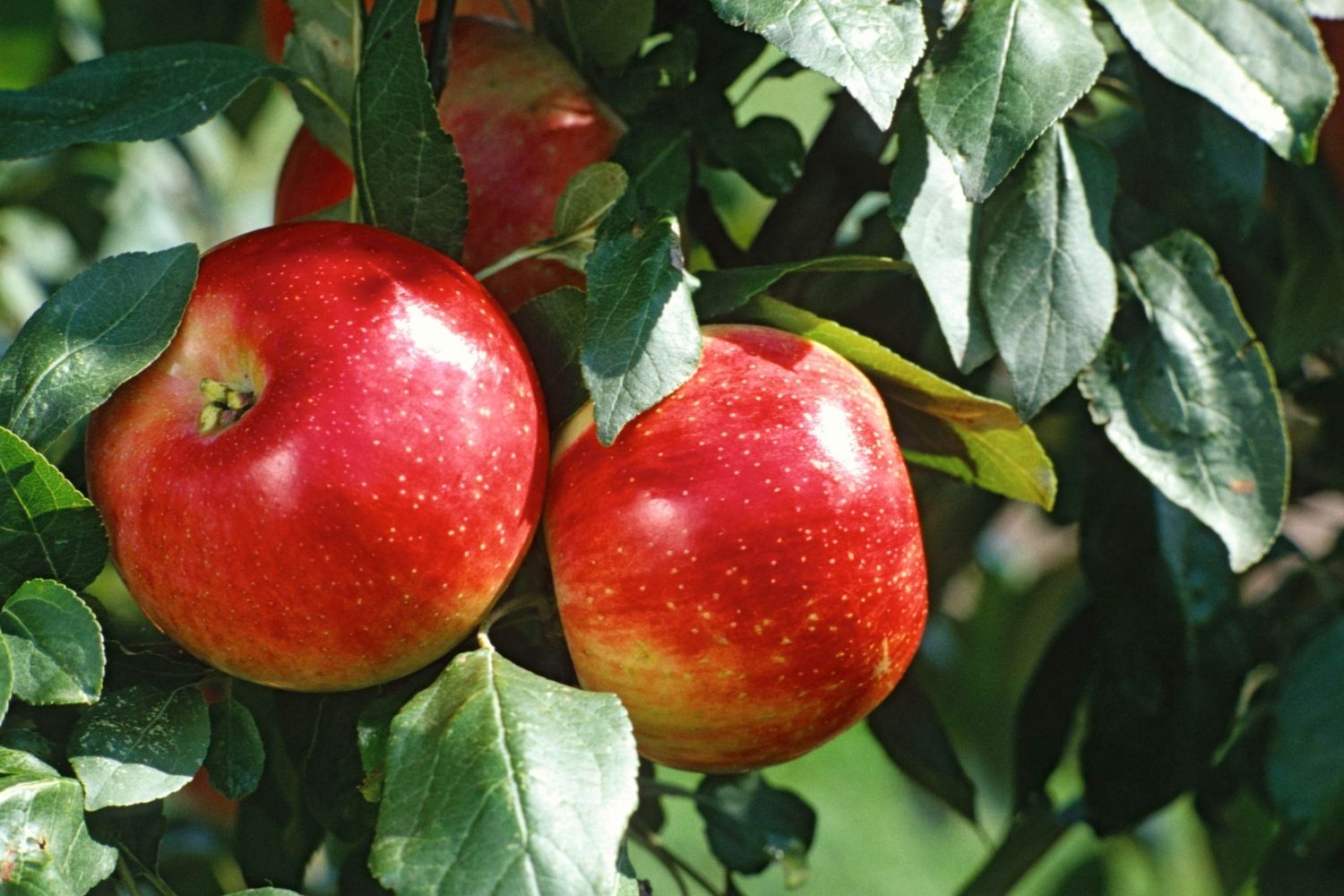
Fruit cultivation has been a cornerstone of human agriculture for thousands of years. Have you ever wondered how your favorite fruits make it from the farm to your table? Understanding fruit cultivation can help you appreciate the effort and knowledge that goes into growing these delicious treats. From the meticulous care of apple orchards to the tropical climates needed for bananas, each fruit has its unique growing requirements. Did you know that some fruits, like pineapples, take up to two years to mature? Or that strawberries aren't actually berries? Let's dive into 18 fascinating facts about fruit cultivation that will make you see your fruit bowl in a whole new light.
Key Takeaways:
- Fruit cultivation requires specific climates, soil quality, and pollination. Understanding the unique requirements of popular fruits and using effective techniques can lead to successful cultivation.
- Challenges in fruit cultivation include pests, diseases, and weather impacts. However, modern innovations such as hydroponics, drones, and genetic modification are revolutionizing the field.
The Basics of Fruit Cultivation
Growing fruit is both an art and a science. It requires knowledge of soil, climate, and plant biology. Here are some fundamental facts about fruit cultivation.
-
Fruit trees need specific climates: Different fruits thrive in different climates. Apples prefer cooler climates, while citrus fruits need warmer temperatures.
-
Soil quality matters: Healthy soil is crucial for fruit growth. It should be well-draining and rich in organic matter.
-
Pollination is key: Many fruit trees need pollinators like bees. Without them, fruit production can be severely limited.
Popular Fruits and Their Growing Conditions
Each fruit has unique requirements. Understanding these can help in successful cultivation.
-
Apples require chilling hours: Apple trees need a certain number of cold hours to produce fruit. This is why they grow well in temperate regions.
-
Bananas thrive in tropical climates: Bananas need warm temperatures and high humidity. They also require a lot of water.
-
Grapes need well-drained soil: Grapevines prefer sandy or loamy soil that drains well. They also need plenty of sunlight.
Techniques for Successful Fruit Cultivation
Using the right techniques can significantly improve fruit yield and quality. Here are some effective methods.
-
Pruning enhances growth: Regular pruning helps remove dead or diseased branches, allowing the tree to focus its energy on producing fruit.
-
Mulching conserves moisture: Applying mulch around fruit trees helps retain soil moisture and suppress weeds.
-
Grafting improves fruit quality: Grafting involves joining two plants to grow as one. This technique can improve fruit quality and disease resistance.
Challenges in Fruit Cultivation
Growing fruit isn't without its challenges. Here are some common issues and how to address them.
-
Pests can damage crops: Insects like aphids and caterpillars can harm fruit trees. Using natural predators or organic pesticides can help control them.
-
Diseases affect fruit yield: Fungal diseases like powdery mildew can reduce fruit production. Regular monitoring and proper sanitation can prevent these issues.
-
Weather impacts growth: Extreme weather conditions like frost or drought can damage fruit crops. Using protective covers or irrigation systems can mitigate these effects.
Interesting Facts About Fruit Cultivation
Fruit cultivation has some fascinating aspects. Here are a few intriguing facts.
-
Some fruits are biennial: Fruits like apples and pears may produce a large crop one year and a smaller one the next. This is known as biennial bearing.
-
Citrus fruits can be evergreen: Unlike many fruit trees that lose their leaves in winter, citrus trees often remain green year-round.
-
Strawberries are unique: Strawberries are the only fruit with seeds on the outside. Each strawberry has about 200 seeds.
Modern Innovations in Fruit Cultivation
Advancements in technology have revolutionized fruit cultivation. Here are some modern innovations.
-
Hydroponics for fruit growth: Growing fruits without soil, using nutrient-rich water, is becoming popular. This method can produce higher yields in smaller spaces.
-
Drones for monitoring: Farmers use drones to monitor crop health and identify issues early. This technology helps in efficient farm management.
-
Genetic modification for better crops: Scientists are developing genetically modified fruits that are more resistant to pests and diseases, ensuring better yields.
Fruit cultivation is a dynamic field with endless possibilities. Whether you're a hobbyist or a professional, understanding these facts can help you grow healthier, more productive fruit plants.
The Sweet Finale
Fruit cultivation is a fascinating world full of surprises. From the ancient origins of apples to the unique growth patterns of bananas, there's always something new to learn. Understanding the diversity in fruit farming helps us appreciate the effort behind every bite we take. Whether it's the labor-intensive process of growing pineapples or the delicate care needed for strawberries, each fruit has its own story.
By knowing these facts, we can make better choices about what we eat and how we support farmers. Next time you enjoy a juicy mango or a crisp apple, remember the journey it took to get to your plate. Fruit cultivation isn't just about growing food; it's about sustaining traditions, supporting communities, and nurturing our planet. So, let's celebrate the fruits of our labor and savor every delicious moment.
Frequently Asked Questions
Was this page helpful?
Our commitment to delivering trustworthy and engaging content is at the heart of what we do. Each fact on our site is contributed by real users like you, bringing a wealth of diverse insights and information. To ensure the highest standards of accuracy and reliability, our dedicated editors meticulously review each submission. This process guarantees that the facts we share are not only fascinating but also credible. Trust in our commitment to quality and authenticity as you explore and learn with us.
